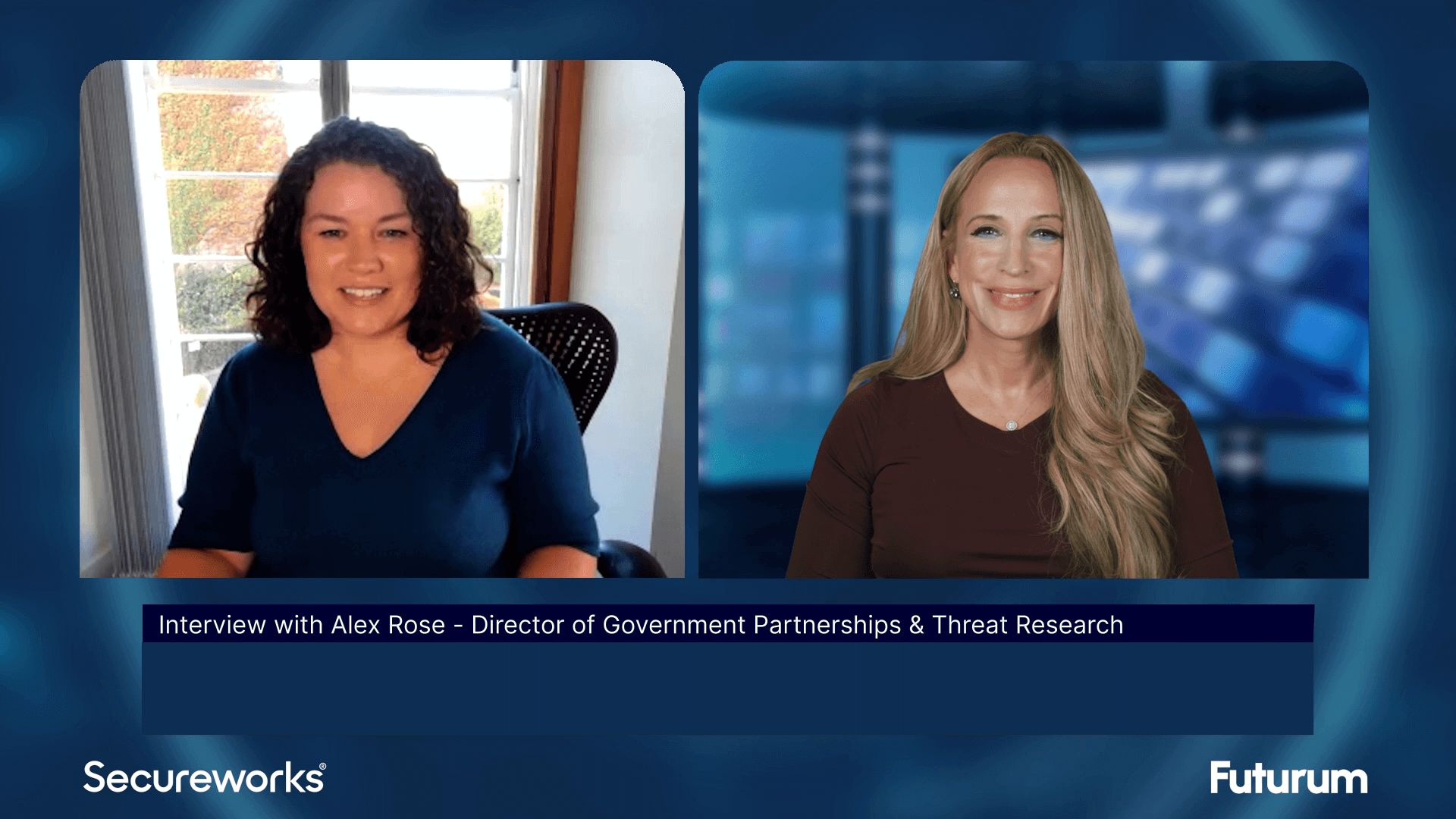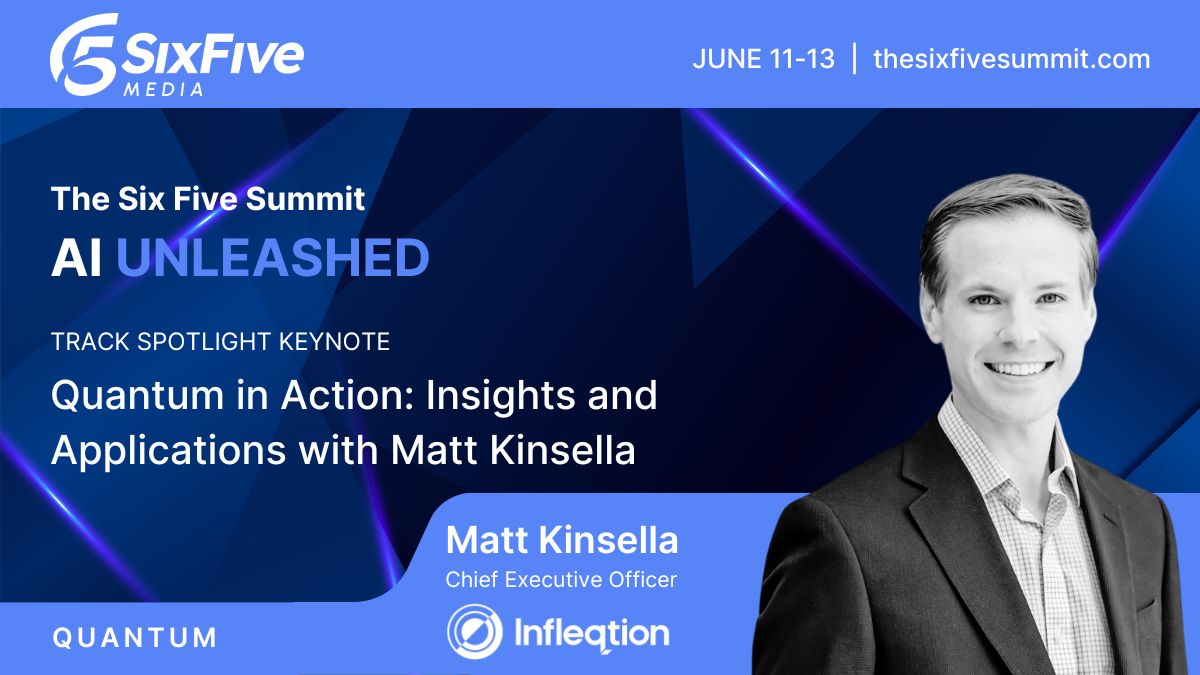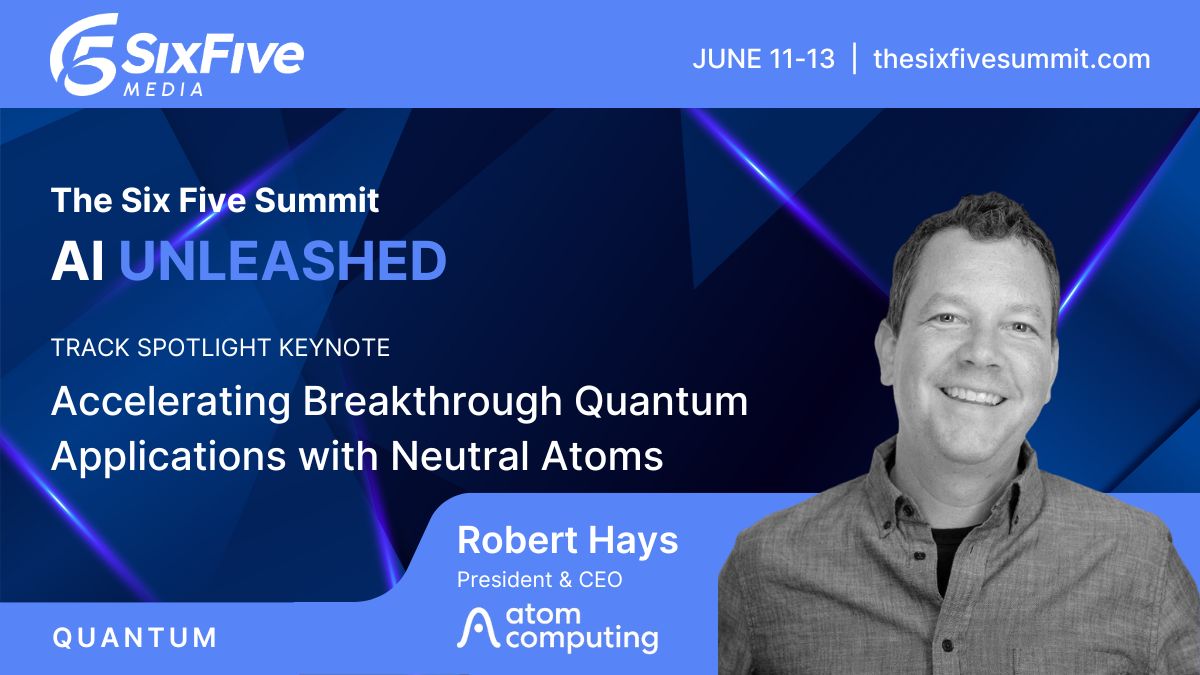GTC 2025 Wrap-Up with Pat Moorhead
Pat Moorhead, Founder, CEO, and Chief Analyst at Moor Insights & Strategy, dives into GTC 2025's major AI and compute innovations, spotlighting Samsung's role in powering future AI.
Midway through GTC 2025, Pat Moorhead, Founder, CEO, and Chief Analyst at Moor Insights & Strategy, shares his early insights, revealing a landscape buzzing with AI innovation and a clear vision for the future. Pat highlights takeaways from NVIDIA’s latest GPU launches, AI-driven infrastructure, and how Samsung’s advancements with GDDR7, HBM3E, and SOCAMM will impact the next wave of AI.
Key takeaways include:
🔹Hyperscaler Investment Surge: Despite concerns about demand saturation, the reality is a significant increase in computing demand, driven by reasoning engines and agents, leading to rising H100 and H200 prices.
🔹Fueling the AI Ecosystem: Talks underscored the critical role of advanced memory technologies, with next-generation HBM, eSSD, and the collaborative integration of Samsung’s 24Gb GDDR7 DRAM into NVIDIA's RTX 50 series, driving the future of AI and high-performance computing.
🔹AI Pervasiveness: From data centers to gaming PCs, AI is permeating every aspect of technology. NVIDIA's messaging from GTC underscored the broad applicability of AI across diverse sectors.
🔹Software Leads the Charge: Contrary to expectations, NVIDIA's focus was on software, with advancements in CUDA and the introduction of Dynamo, highlighting the critical role of software in enabling AI at scale.
🔹Hardware Innovations: Announcements like Blackwell Ultra, Rubin, and the enterprise data platform, showcase NVIDIA's commitment to pushing the boundaries of computing, networking, and storage.
🔹Data Management is Key: The introduction of the enterprise data platform addresses a critical challenge for CIOs, highlighting the importance of efficient data management in AI deployments.
Watch the full video above, and be sure to subscribe to our YouTube channel, so you never miss an episode.
Disclaimer: This video is for information and entertainment purposes only. Over the course of this webcast, we may talk about companies that are publicly traded, and we may even reference that fact and their equity share price, but please do not take anything that we say as a recommendation about what you should do with your investment dollars. We are not investment advisors, and we ask that you do not treat us as such.
Patrick Moorhead:
The Six Five is On The Road and we are here at GTC 2025 in San Jose. We're about midway through the show here. I know Dan and I will do a wrap at the end of the week, but just wanted to give you some of my early thoughts here. So first of all, the hyperscaler build out is alive and well. The first thing when I go on a broadcast show like CNBC or Bloomberg or Yahoo Finance is, hey, how long is this build out going to continue? And I'm just here to tell you that Based on the CapEx forecasts, which are about a trillion dollars, this build out is going to happen for a long time. That trillion dollars over a few years, not in one year. This year it's about $350 billion. The big reason for that is the belief of the downstream benefits of AI. And in this latest round, quite frankly, you know, there was a lot of discussion. Oh my gosh, is deepsea going to make all of this demand for compute and GPUs crater? And in fact what we've seen is that spot pricing and availability for H1 hundreds and H2 hundreds availability is going down and the price has gone up. So essentially it increased the demand for compute, primarily in test time compute and inference where a reasoning engine can drive 10 to 100x the amount of compute required. And that's after the pre training step and the post training. You know, you've got to infer this stuff.
So I talked a little bit about, you know, we have to look at this capability on a continuum. It's one thing to go in and do a search on an LLM, maybe it would drift, it would come back in a few seconds. But now with reasoning and agents, right, you've got turn by turn. You essentially have the AI debating with itself, fact checking itself and that takes a lot of turns, takes up a lot of GPU, compute power and quite frankly is the basis for an agent that actually works. One of the key things that struck me here was the pervasiveness of AI that was delivered in the message, whether it was the data center, the enterprise, the enterprise edge, robots, cars, workstations, gaming PCs and even mini workstations with digits. And as an analyst firm we cover all of these. But what a great way to see it all laid out there. The most interesting slide that Jensen put up right at the end was Dell. It was a Dell slide showing everything that they do with AI that oh by the way, covered everything but robots and cars. Jensen did bring a robot up on stage. It was cute, it was interesting. And this is the next big, big bet that the company has. Certain announcements stood out that are correlated with all those.
So first of all, what's the first thing Jensen talked about? Oh, it must have been hardware. No, it was software, it was Cuda and how Cuda enables AI across multiple verticals and multiple workloads. He also dove into Dynamo, what you call the operating system of the AI factory. That I thought was interesting, very provocative, but essentially allows you to auto fine tune a reasoning engine across tens of thousands of GPUs. Pretty cool. Blackwell Ultra, this is the next generation of Blackwell that. It's not necessarily a different chip. It has more memory and also some improved co-optics networking on the switch. And after that it was Rubin and Rubin Ultra, which is another order of magnitude increase in performance, the company says. And when you get to Rubin Ultra you get not only a 2 die but a 4 die configuration. Must be done in 3 nanometers. But I'm just speculating at this point. My gosh, we saw digits. The little workstation has an official name. I've forgotten it. That was given a date and interestingly enough, Jensen put it right next to a MacBook Pro for the developer that was very provocative. But what we saw was a new form factor. Digits like workstation looked like an ATX form factor with a classic ATX sized PCB out there to program to your heart's content. He also talked about AI gaming. Reflection on the 5000 launch, the 5090, which is interesting. And on the enterprise side, he's introducing an enterprise data platform as part of the Nvidia Enterprise platform. And that might sound boring to you, but I gotta tell you, data, data management is the number one issue when I talk to CIOs they're having with all this AI stuff. So it couldn't have come sooner. We'll see how it does.
Finally, on the hardware side you had co-packaged optics. I talked a little bit about it, but essentially you're putting the lasers and the capability right on the package of the switch. And who knows, with Rubin Ultra, maybe it's actually on the die itself. So to make all of these things happen, right, what do you need? You compute storage, networking and memory. And with compute, the stars of the shows were Grace Blackwell and Vera Rubin. Vera meaning the CPU like Grace and Rubin, the GPU like Blackwell. On the storage side, the most interesting thing to me was that enterprise data platform that I talked about. And then there was a network, which was the co-package optics and the switch. One thing that didn't get a lot of discussion that I wish it had, is memory.Let's talk HBM here, right? Basically, the biggest, newest thing about Blackwell Ultra was the memory. And you've got, you know, companies like Samsung, right, with HBM3E and HBM4, AI acceleration and then, you know, the memory for those incredible G forces that I talked about, the RTX 50 series, Samsung GDDR7. And I know there's other manufacturers that talk about it, but Samsung was very clear in its messaging here. And then, right, you get, you've got the LPDDR 5X and the Nvidia DGX Spark, which I thought was pretty cool as well. So, listen, not a lot of discussion about memory at the show, but there you go. Compute, storage, networking and memory. Pretty awesome stuff. Again, this is midway, through the show. I'm going to have a lot of other thoughts, I'm sure, after I spend the next day and a half here. But I appreciate you tuning in. Check out all of our coverage from GTC25 here in San Jose, California. Hit that subscribe button. Thank you very much.
MORE VIDEOS

The Six Five Pod | EP 258: From Intel's Altera Sale to HPE's Elliot Shake-up: Tech's Turbulent Week
On this episode of The Six Five Pod, hosts Patrick Moorhead and Daniel Newman discuss the whiplash-inducing tariff announcements affecting US-China trade, Intel's strategic move to sell a majority stake in Altera to Silver Lake, and activist investor Elliott Management's stake in HPE. The hosts engage in a lively debate on the merits of selling AI chips to China, exploring the complex interplay between national security, economic interests, and technological advancement.
Other Categories
CYBERSECURITY

Threat Intelligence: Insights on Cybersecurity from Secureworks
Alex Rose from Secureworks joins Shira Rubinoff on the Cybersphere to share his insights on the critical role of threat intelligence in modern cybersecurity efforts, underscoring the importance of proactive, intelligence-driven defense mechanisms.
quantum

Quantum in Action: Insights and Applications with Matt Kinsella
Quantum is no longer a technology of the future; the quantum opportunity is here now. During this keynote conversation, Infleqtion CEO, Matt Kinsella will explore the latest quantum developments and how organizations can best leverage quantum to their advantage.

Accelerating Breakthrough Quantum Applications with Neutral Atoms
Our planet needs major breakthroughs for a more sustainable future and quantum computing promises to provide a path to new solutions in a variety of industry segments. This talk will explore what it takes for quantum computers to be able to solve these significant computational challenges, and will show that the timeline to addressing valuable applications may be sooner than previously thought.






